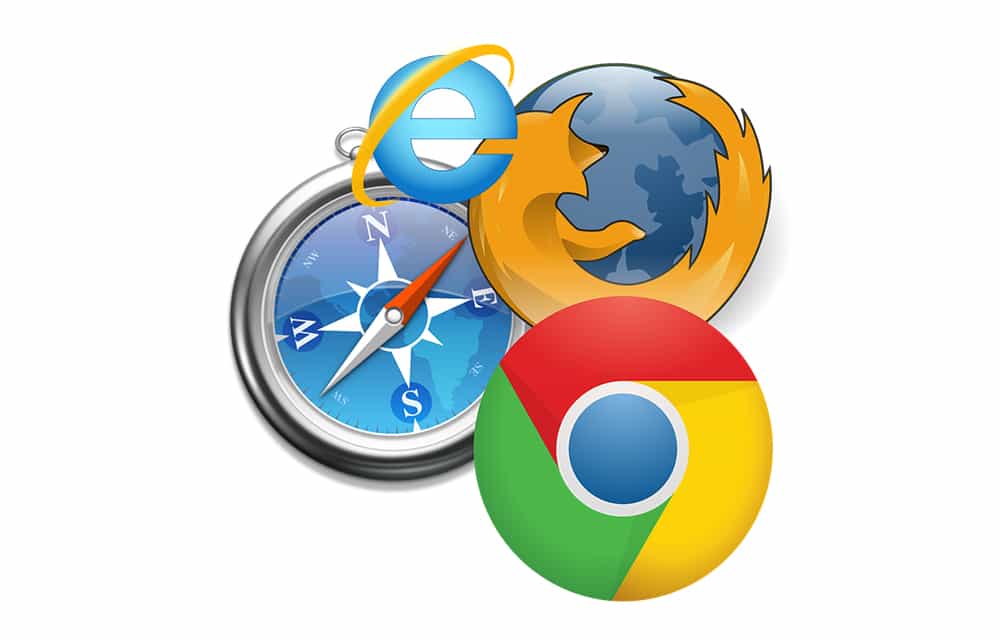Browser Cache
Browser Caches are a helpful way of speeding up frequently visited web pages. They store files, images and supporting scripts so that your browser does not have to recreate pages from scratch overtime you visit a page often. The problem occurs when a page changes and the browser does not see that change and displays old data. Clearing your web browser’s cache, cookies, and history may remove some data that you wish to keep.
- In most computer-based web browsers, to open menus used to clear your cache, cookies, and history, press
Ctrl-Shift-Delete(Windows) orCommand-Shift-Delete(Mac). If this doesn’t work, follow the appropriate instructions below. - If you don’t see instructions below for your specific version or browser, search your browser’s Helpmenu for “clear cache”. If you’re unsure what browser version you’re using, from the Help menu or your browser’s menu, select About [browser name]. In Internet Explorer and Firefox, if you don’t see the menu bar, press
Alt.
Clearing your web browser’s cache, cookies, and history may remove data such as the following:
While you should clear your web browser’s cache, cookies, and history periodically in order to prevent or resolve performance problems, you may wish to record some of your saved information first. If you are unable to do so, see Troubleshooting alternatives below.
For information about your web browser’s cache, cookies, and history, see the following Wikipedia pages:
Troubleshooting alternatives
If you need to clear your cache, cookies, and history for troubleshooting purposes, but aren’t yet prepared to lose the content listed above, you may wish to consider using a private browsing window in your preferred browser as a temporary solution. For instructions, see:
- How do I open a new Private Window? (Firefox)
- Browse in private with Incognito mode (Chrome desktop and Android)
- In Private Browsing (Internet Explorer)
- Browse InPrivate in Microsoft Edge
- Safari for Mac: Use Private Browsing windows in Safari
- Turn Private Browsing on or off on your iPhone, iPad, or iPod touch


